Orvieto
The facade of the Cathedral Basilica of S. Maria Assunta, built from the XIII to the XVI century, is characterized by bas-reliefs which illustrate the history of Man from Creation to Judgment. Among the artists who worked there: Lorenzo Maitani, Nino and Andrea Pisano. In the upper part of the facade stands the Orcagna’s rose window. Inside, the Brizio Chapel, whose frescoes were painted by Beato Angelico, Benozzo Gozzoli and Luca Signorelli, and the Corporal Chapel painted in the mid-fourteenth century by Ugolino di Prete Ilario.
MODO (Museo dell'Opera del Duomo di Orvieto) includes the rooms of the Papal Palaces with the gallery of frescoes, a collection of paintings and sculptures (Simone Martini, Ippolito Scalza, Cesare Nebbia and Arnolfo di Cambio), the room of the sinopias , the Albèri Library. The Claudio Faina Museum shows one of the major Italian archaeological collections with Greek, Roman and Etruscan finds. The ancient refectory of the Abbey of Santi Severo e Martirio preserves a fresco from the last quarter of the XIII century depicting the Crucifix with some saints.
21406_4860.jpg
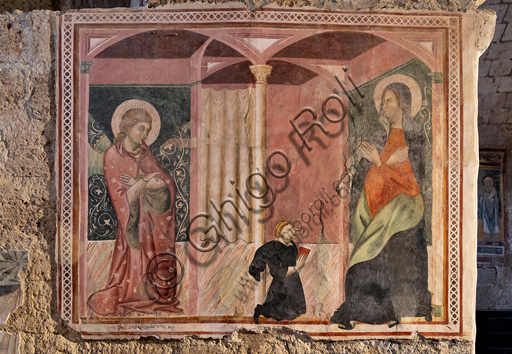
Orvieto, Badia (Abbey of St. Severo e Martirio), oratory o...
add to lightbox
21406_4853.jpg
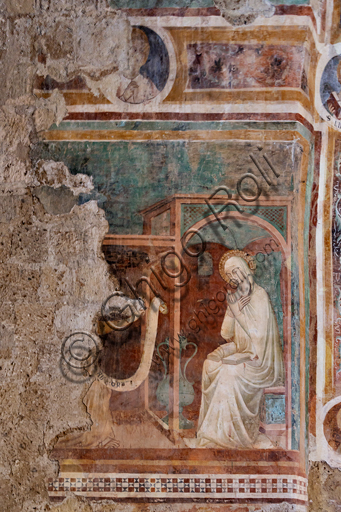
Orvieto, Badia (Abbey of St. Severo e Martirio), oratory o...
add to lightbox
21406_4849.jpg
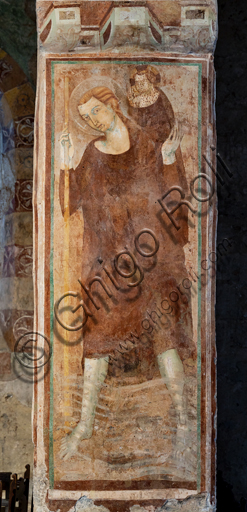
Orvieto, Badia (Abbey of St. Severo e Martirio), oratory o...
add to lightbox
21406_4846.jpg
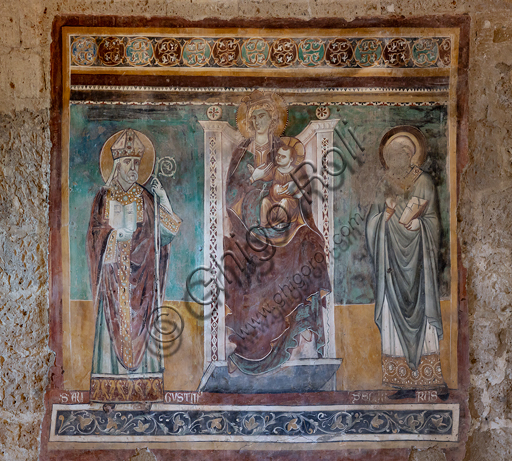
Orvieto, Badia (Abbey of St. Severo e Martirio), oratory o...
add to lightbox
21406_4838.jpg
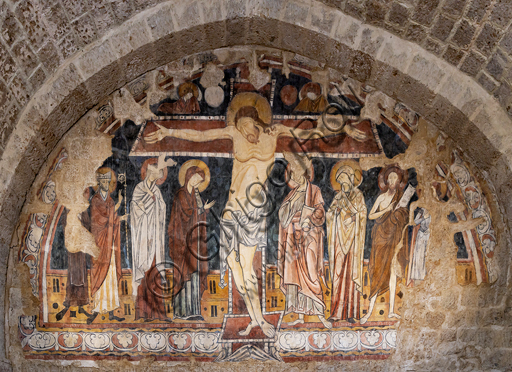
Orvieto, Badia (Abbey of St. Severo e Martirio), oratory o...
add to lightbox
21406_4829-34-1.jpg
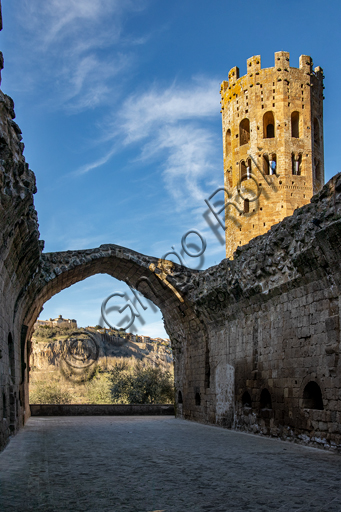
Orvieto, Badia (Abbey of St. Severo and Martirio): view of...
add to lightbox
21406_4827.jpg
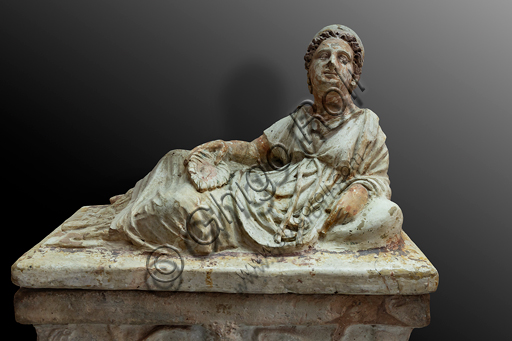
Orvieto, Museum Faina: earthenware urn.
add to lightbox
21406_4816.jpg
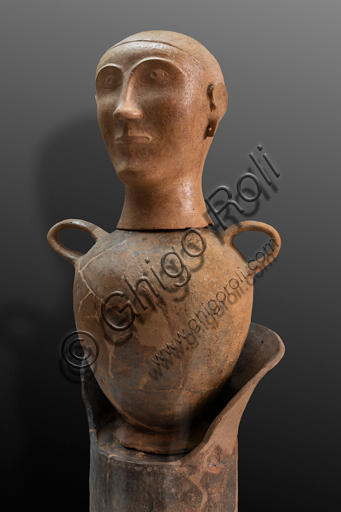
Orvieto, Museum Faina: Canopic urn (first half of the VI ce...
add to lightbox
21406_4812.jpg
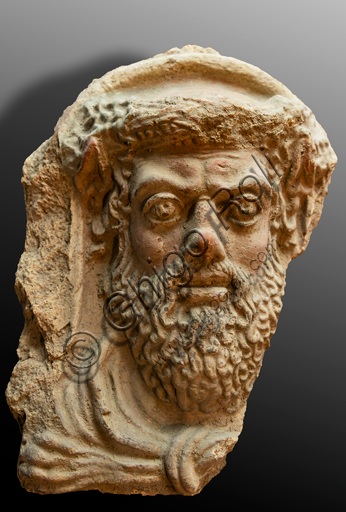
Orvieto, Museum Faina: Head of Heracles.
add to lightbox
21406_4804.jpg
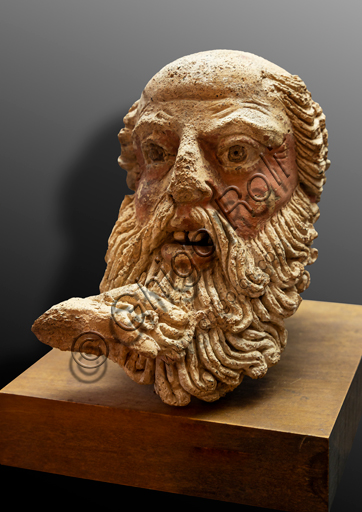
Orvieto, Museum Faina: Head of Old Man (end V century B.C)
add to lightbox
21406_4798.jpg
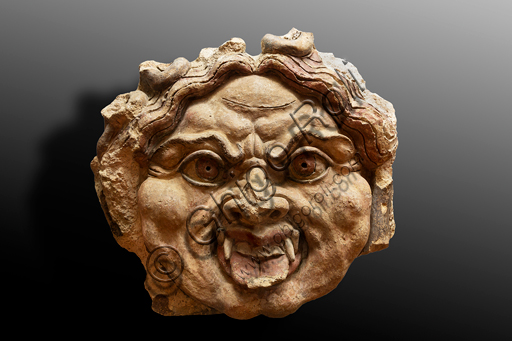
Orvieto, Museum Faina: Gorgoneion.
add to lightbox
21406_4794.jpg
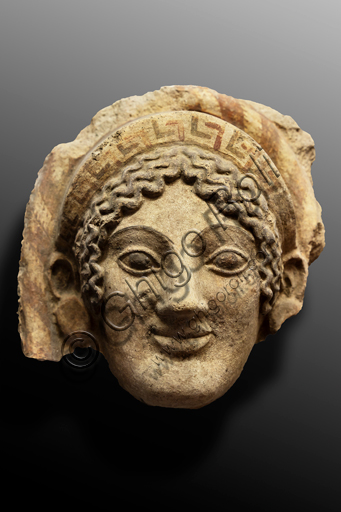
Orvieto, Museum Faina: antefix of the sacred area of Cannic...
add to lightbox
21406_4791.jpg
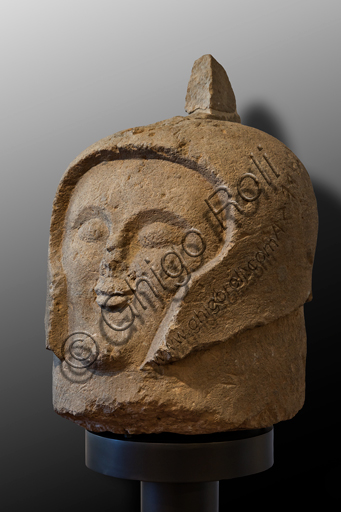
Orvieto, Museum Faina: Cippo in the shape of a warrior's he...
add to lightbox
21406_4786.jpg
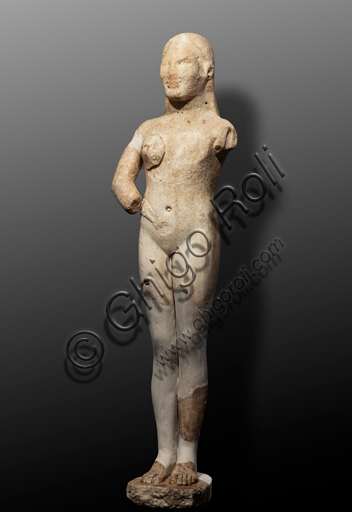
Orvieto, Museum Faina: Venus of Cannicella, Etruscan marble...
add to lightbox
21406_4778.jpg
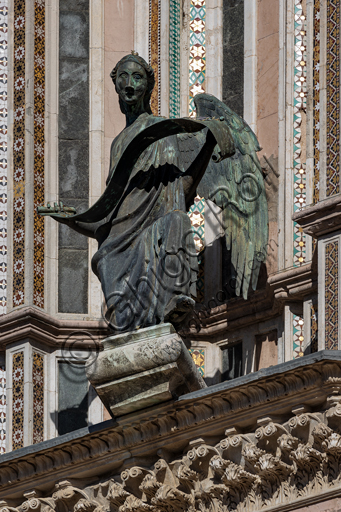
Orvieto, Basilica Cathedral of S. Maria Assunta (or Duomo),...
add to lightbox
21406_4774.jpg
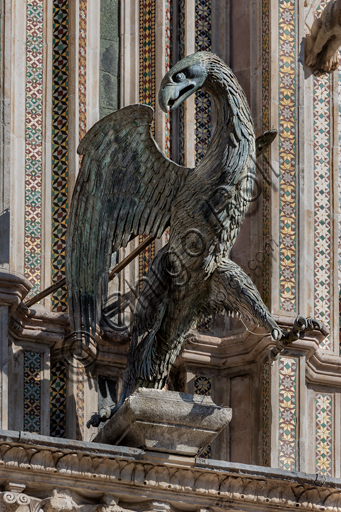
Orvieto, Basilica Cathedral of S. Maria Assunta (or Duomo),...
add to lightbox
21406_4766.jpg
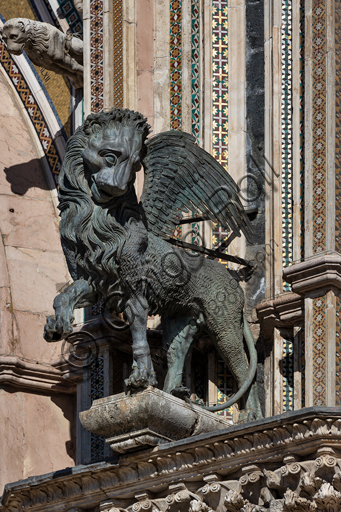
Orvieto, Basilica Cathedral of S. Maria Assunta (or Duomo),...
add to lightbox
21406_4765.jpg
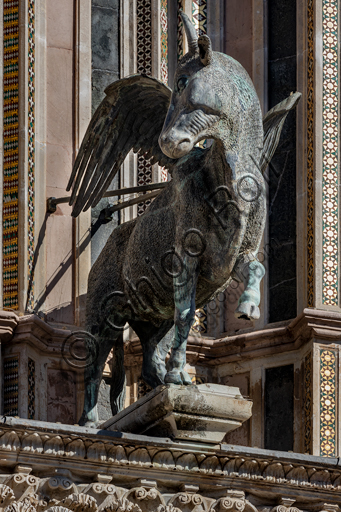
Orvieto, Basilica Cathedral of S. Maria Assunta (or Duomo),...
add to lightbox
21406_4754.jpg
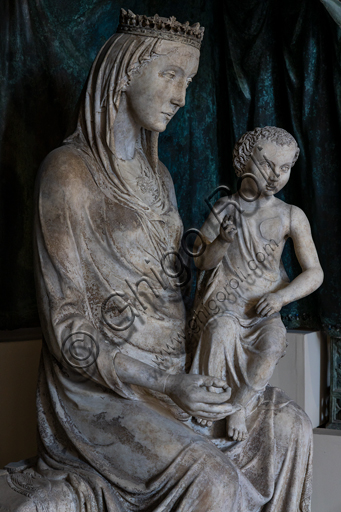
Orvieto, MODO (Museum of the Opera of the Duomo of Orvieto...
add to lightbox
21406_4752.jpg
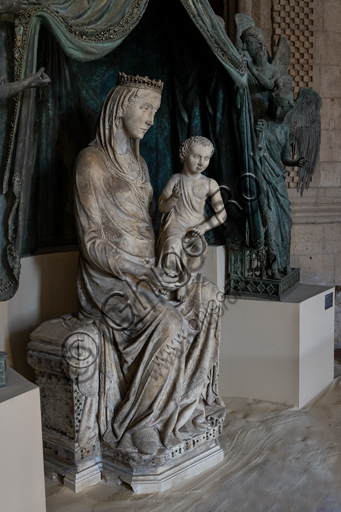
Orvieto, MODO (Museum of the Opera of the Duomo of Orvieto...
add to lightbox
21406_4746.jpg
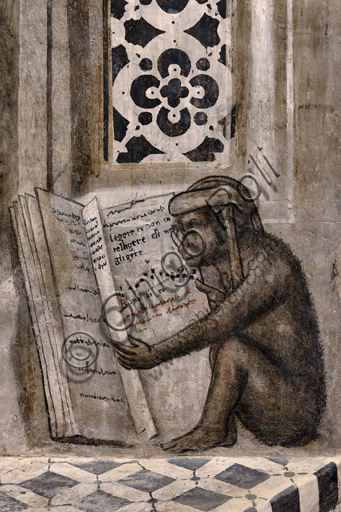
“The monkey with glasses that reads”. Orvieto, MODO (Museum...
add to lightbox
21406_4741.jpg
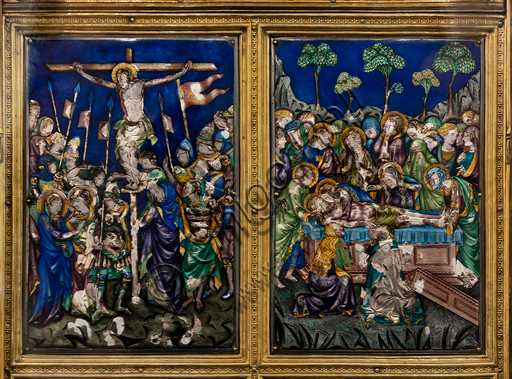
Orvieto, MODO (Museum of the Opera of the Duomo of Orvieto...
add to lightbox
21406_4735.jpg
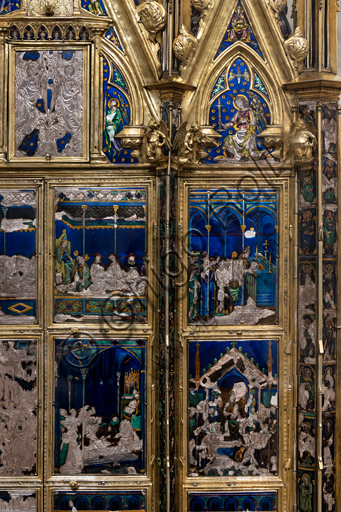
Orvieto, MODO (Museum of the Opera of the Duomo of Orvieto...
add to lightbox
21406_4731.jpg
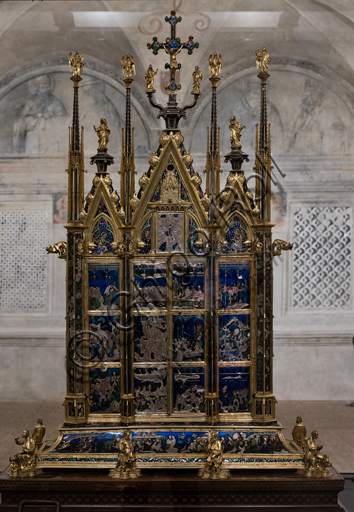
Orvieto, MODO (Museum of the Opera of the Duomo of Orvieto...
add to lightbox
21406_4728.jpg
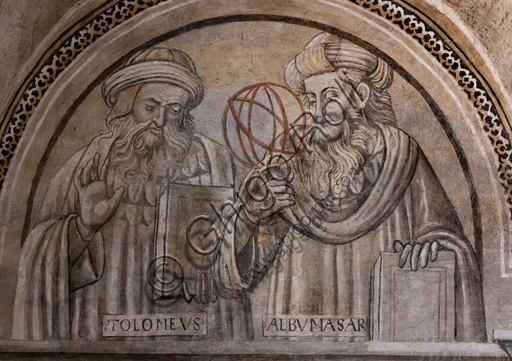
“Portraits of Abu Maʿshar (Albumasar) and Ptolemy”. Orvieto...
add to lightbox
21406_4725.jpg
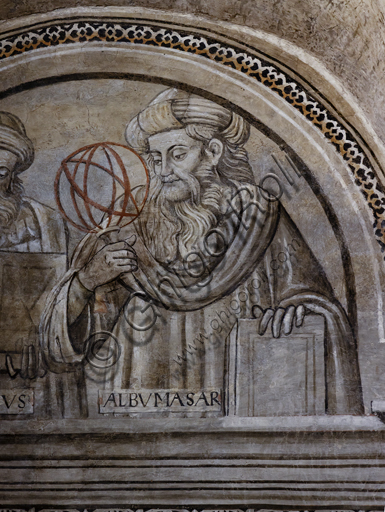
“Portrait of Abu Maʿshar (Albumasar)”. Orvieto, MODO (Museu...
add to lightbox
21406_4722.jpg
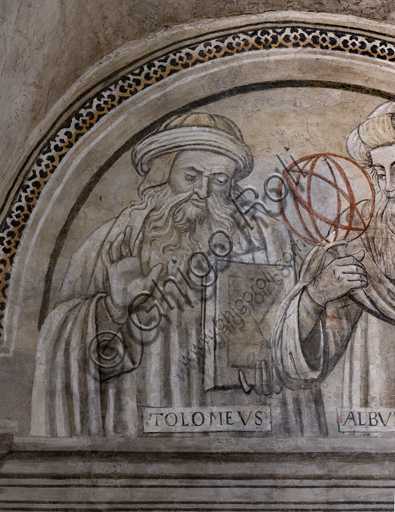
“Portrait of Ptolemy”. Orvieto, MODO (Museum of the Opera o...
add to lightbox
21406_4719.jpg
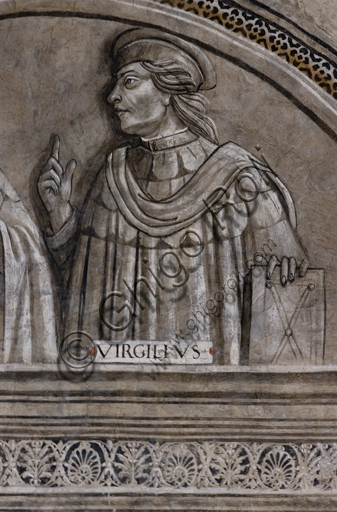
“Portrait of Virgil”. Orvieto, MODO (Museum of the Opera of...
add to lightbox
21406_4716.jpg
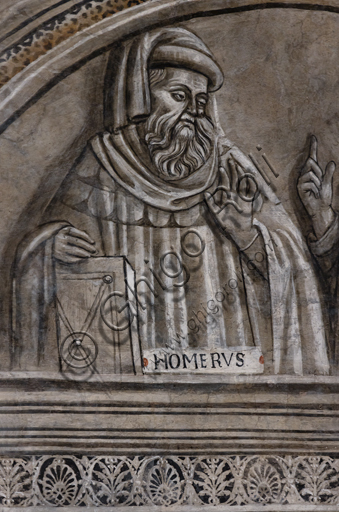
“Portrait of Homer”. Orvieto, MODO (Museum of the Opera of...
add to lightbox
21406_4711.jpg
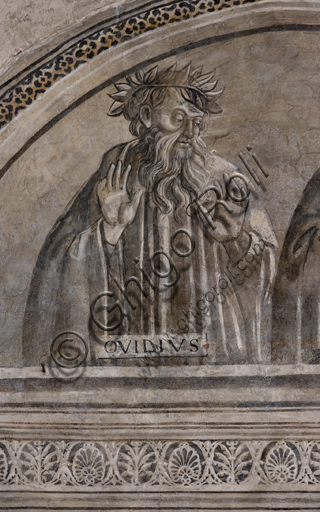
“Portrait of Ovid”. Orvieto, MODO (Museum of the Opera of t...
add to lightbox
21406_4709.jpg
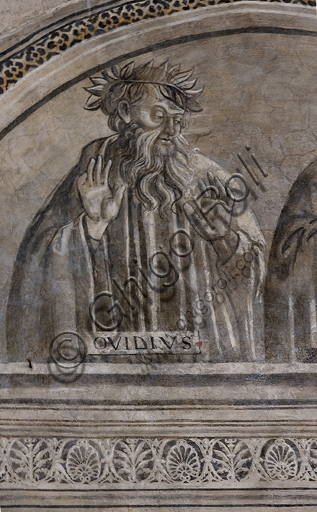
“Portrait of Ovid”. Orvieto, MODO (Museum of the Opera of t...
add to lightbox
21406_4708.jpg
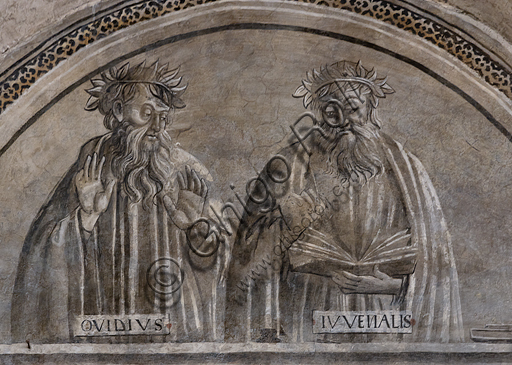
“Portraits of Ovid and Juvenal”.Orvieto, MODO (Museum of th...
add to lightbox
21406_4704.jpg
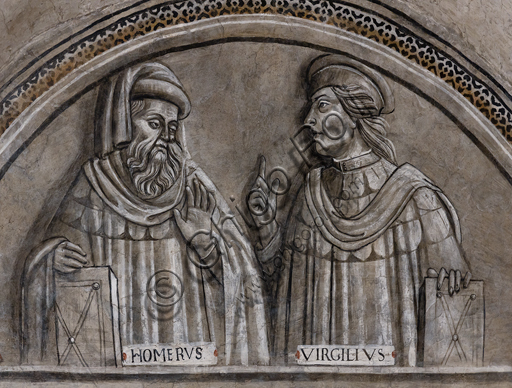
“Portraits of Homer and Virgil”.Orvieto, MODO (Museum of th...
add to lightbox
21406_4695.jpg
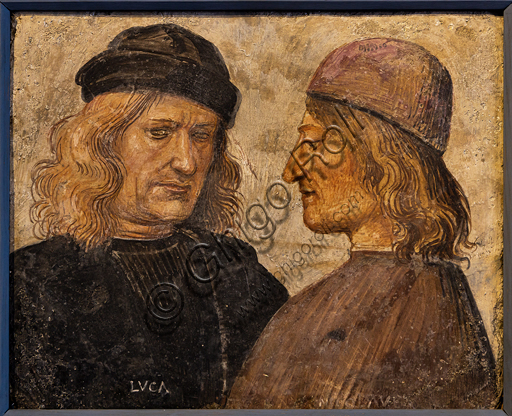
Orvieto, MODO (Museum of the Opera of the Duomo of Orvieto...
add to lightbox
21406_4690.jpg
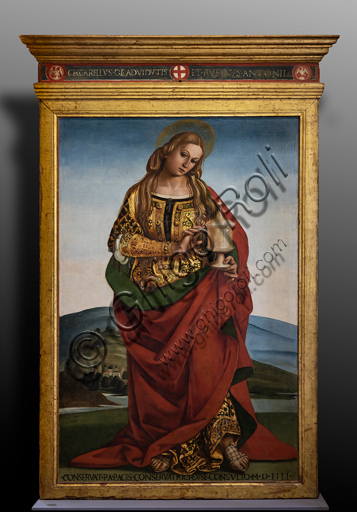
Orvieto, MODO (Museum of the Opera of the Duomo of Orvieto...
add to lightbox
21406_4683.jpg
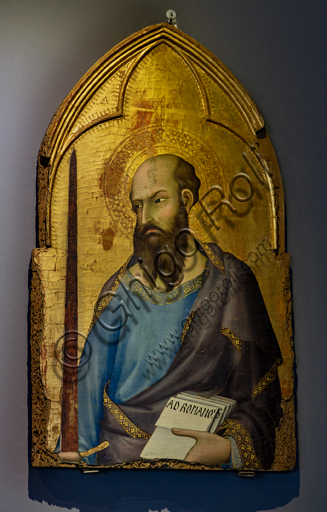
Orvieto, MODO (Museum of the Opera of the Duomo of Orvieto...
add to lightbox
21406_4678.jpg
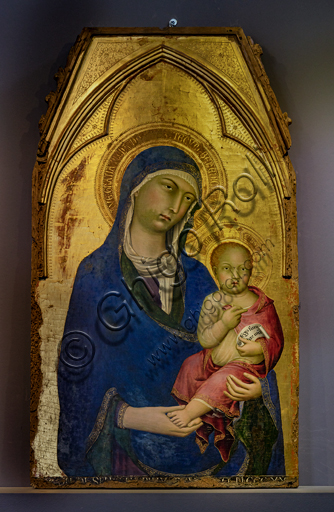
Orvieto, MODO (Museum of the Opera of the Duomo of Orvieto...
add to lightbox
21406_4677.jpg
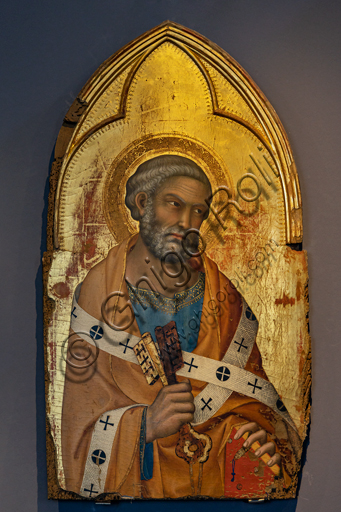
Orvieto, MODO (Museum of the Opera of the Duomo of Orvieto...
add to lightbox
21406_4673.jpg
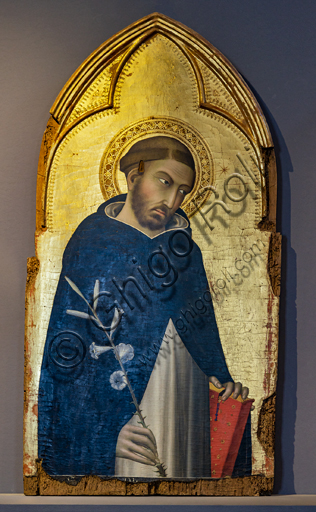
Orvieto, MODO (Museum of the Opera of the Duomo of Orvieto...
add to lightbox
21406_4668.jpg
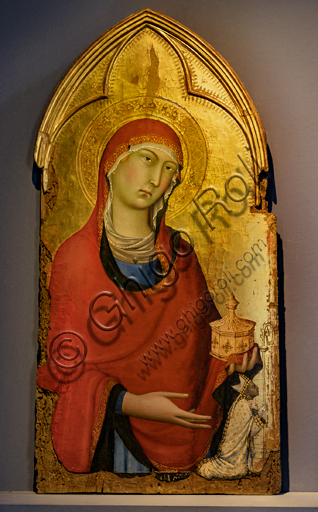
Orvieto, MODO (Museum of the Opera of the Duomo of Orvieto...
add to lightbox
21406_4665.jpg
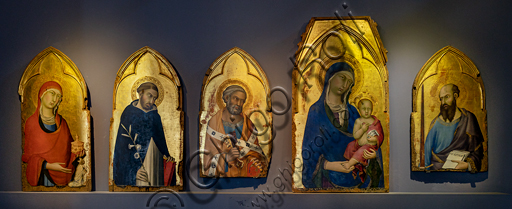
Orvieto, MODO (Museum of the Opera of the Duomo of Orvieto...
add to lightbox
21406_4663.jpg
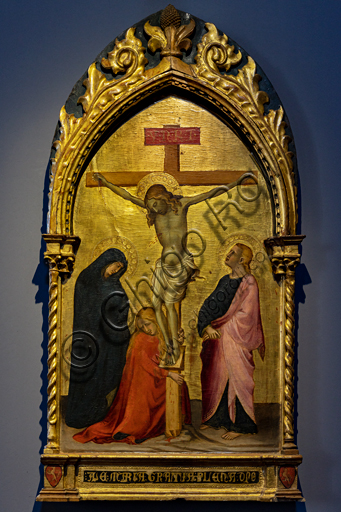
Orvieto, MODO (Museum of the Opera of the Duomo of Orvieto...
add to lightbox
21406_4658.jpg
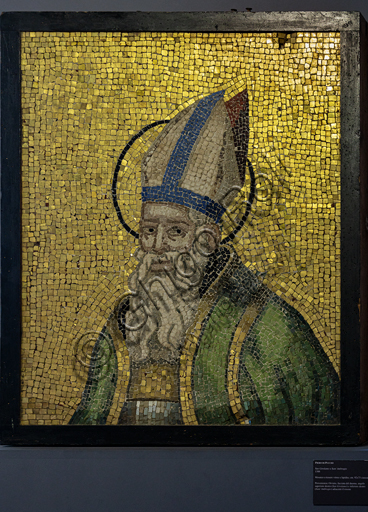
Orvieto, MODO (Museum of the Opera of the Duomo of Orvieto...
add to lightbox
21406_4654.jpg
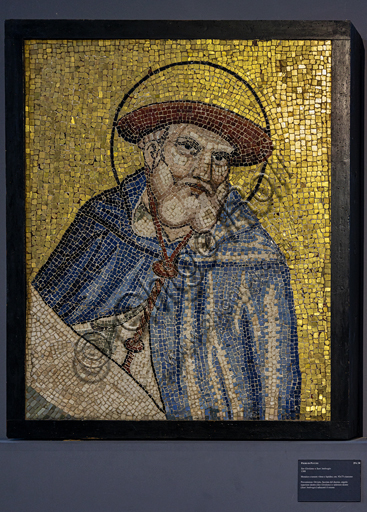
Orvieto, MODO (Museum of the Opera of the Duomo of Orvieto...
add to lightbox
21406_4650.jpg
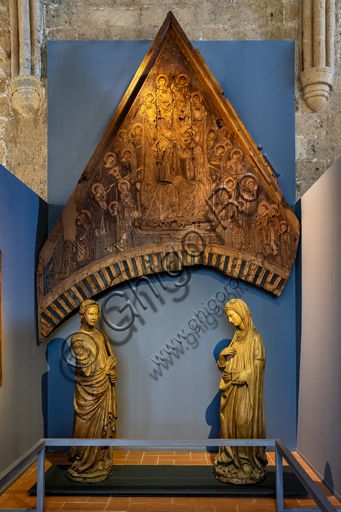
Orvieto, MODO (Museum of the Opera of the Duomo of Orvieto...
add to lightbox
21406_4644.jpg
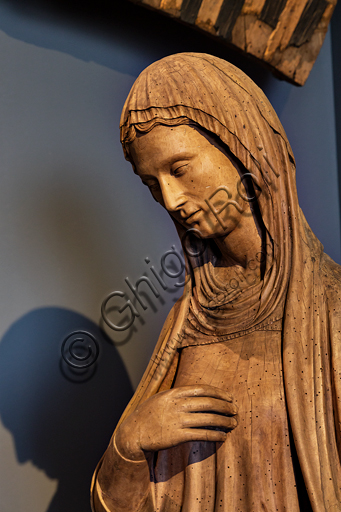
Orvieto, MODO (Museum of the Opera of the Duomo of Orvieto...
add to lightbox
21406_4642.jpg
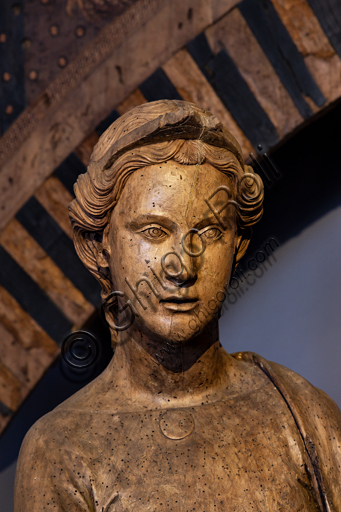
Orvieto, MODO (Museum of the Opera of the Duomo of Orvieto...
add to lightbox
21406_4634.jpg
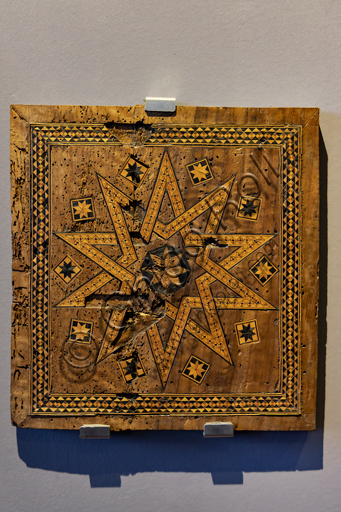
Orvieto, MODO (Museum of the Opera of the Duomo of Orvieto...
add to lightbox
21406_4626.jpg
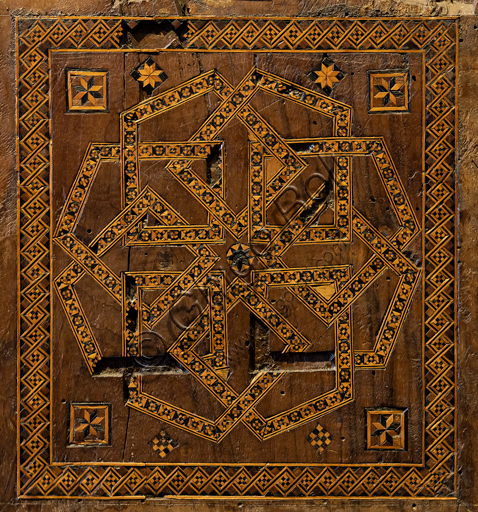
Orvieto, MODO (Museum of the Opera of the Duomo of Orvieto...
add to lightbox
21406_4624.jpg
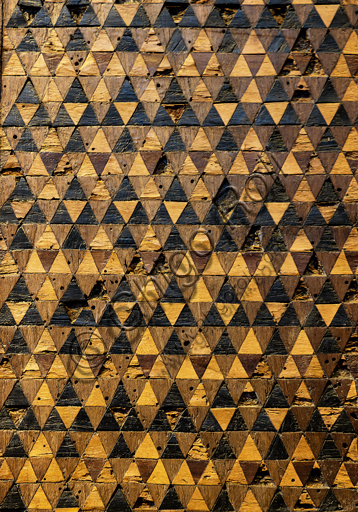
Orvieto, MODO (Museum of the Opera of the Duomo of Orvieto...
add to lightbox
21406_4621.jpg
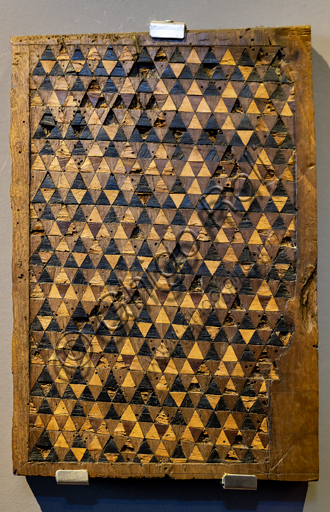
Orvieto, MODO (Museum of the Opera of the Duomo of Orvieto...
add to lightbox
21406_4618.jpg
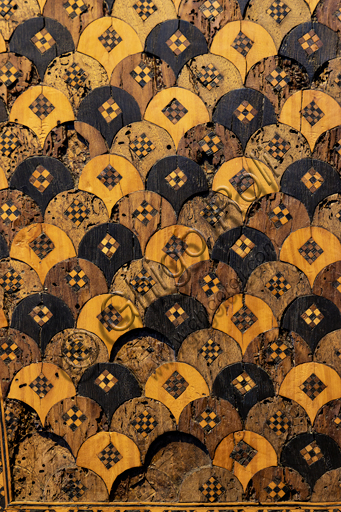
Orvieto, MODO (Museum of the Opera of the Duomo of Orvieto...
add to lightbox
21406_4613.jpg
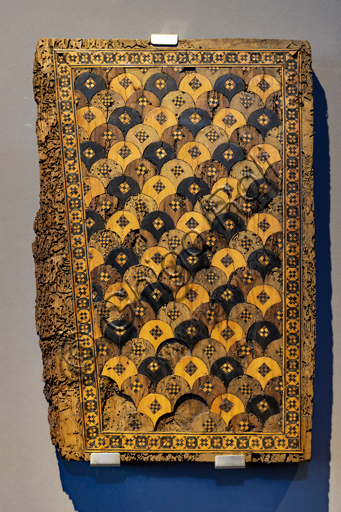
Orvieto, MODO (Museum of the Opera of the Duomo of Orvieto...
add to lightbox
21406_4610.jpg
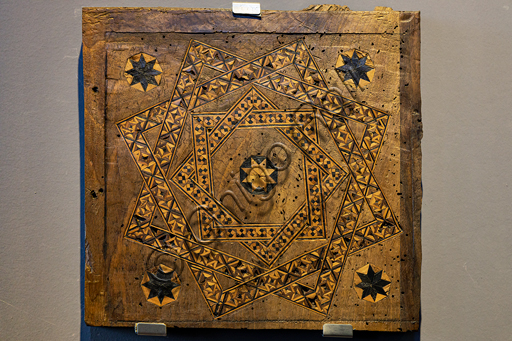
Orvieto, MODO (Museum of the Opera of the Duomo of Orvieto...
add to lightbox
21406_4608.jpg
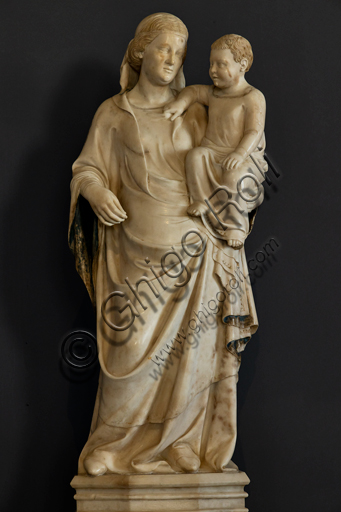
Orvieto, MODO (Museum of the Opera of the Duomo of Orvieto...
add to lightbox
21406_4605.jpg
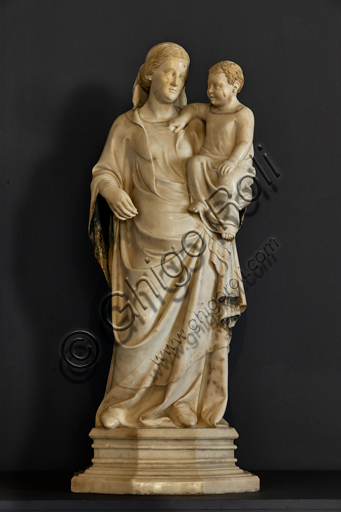
Orvieto, MODO (Museum of the Opera of the Duomo of Orvieto...
add to lightbox
21406_4599.jpg
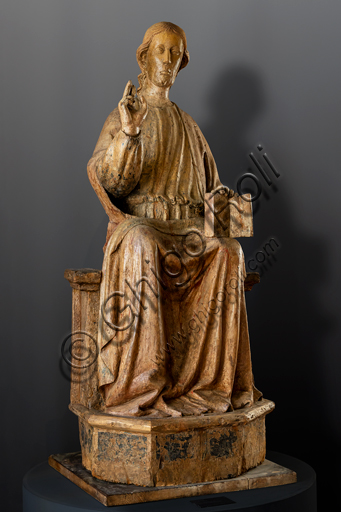
Orvieto, MODO (Museum of the Opera of the Duomo of Orvieto...
add to lightbox
21406_4595.jpg
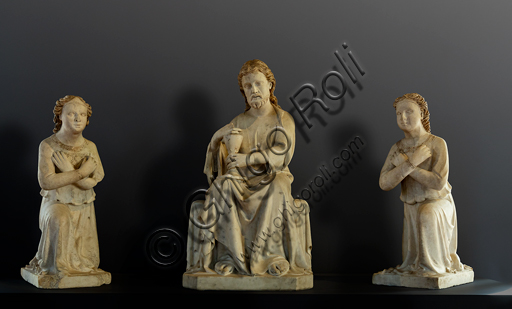
Orvieto, MODO (Museum of the Opera of the Duomo of Orvieto...
add to lightbox
21406_4586.jpg
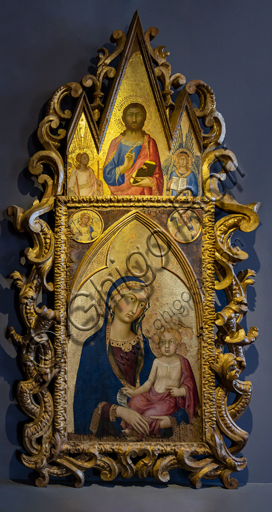
Orvieto, MODO (Museum of the Opera of the Duomo of Orvieto...
add to lightbox
21406_4583.jpg
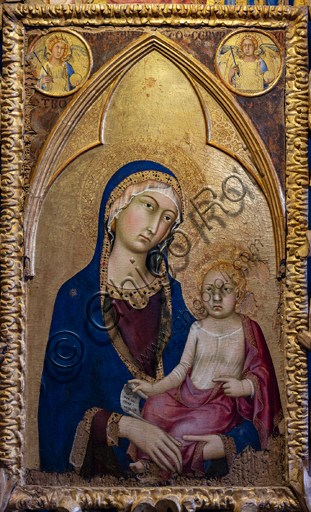
Orvieto, MODO (Museum of the Opera of the Duomo of Orvieto...
add to lightbox
21406_4575.jpg
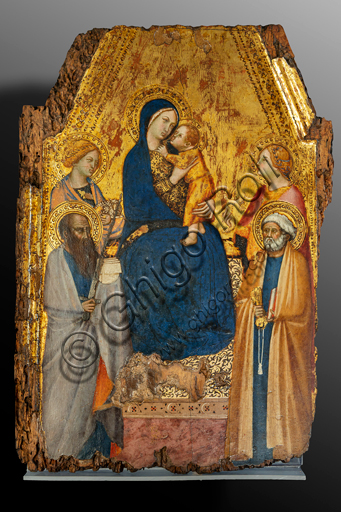
Orvieto, MODO (Museum of the Opera of the Duomo of Orvieto...
add to lightbox
21406_4568.jpg
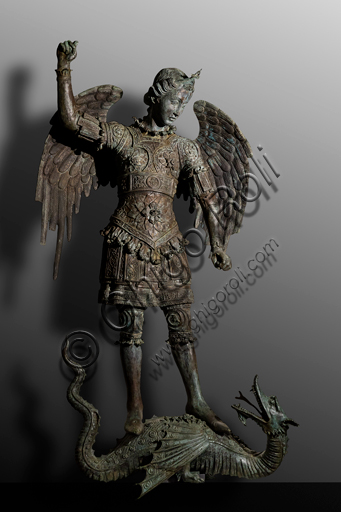
Orvieto, MODO (Museum of the Opera of the Duomo of Orvieto...
add to lightbox
21406_4567.jpg
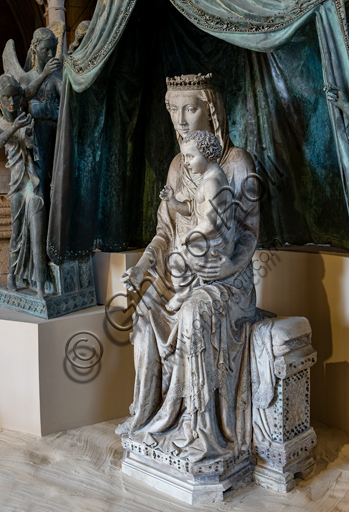
Orvieto, MODO (Museum of the Opera of the Duomo of Orvieto...
add to lightbox
21406_4561.jpg
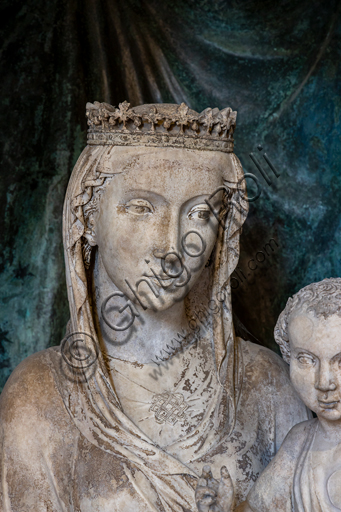
Orvieto, MODO (Museum of the Opera of the Duomo of Orvieto...
add to lightbox
21406_4555.jpg
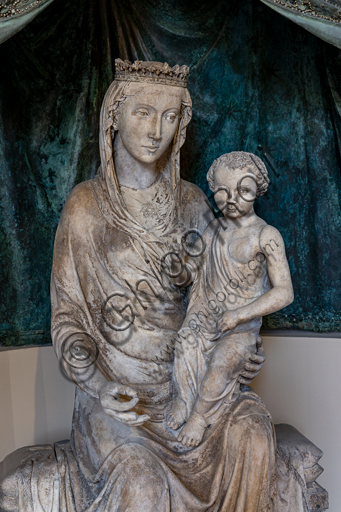
Orvieto, MODO (Museum of the Opera of the Duomo of Orvieto...
add to lightbox
21406_4554.jpg
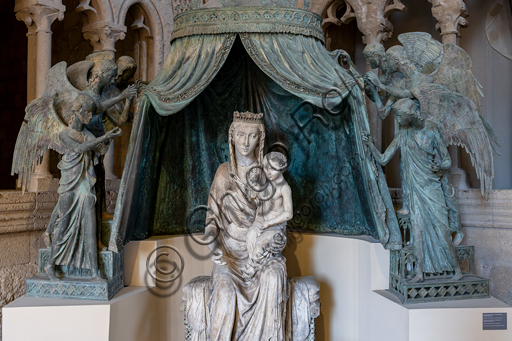
Orvieto, MODO (Museum of the Opera of the Duomo of Orvieto...
add to lightbox
21406_4549.jpg
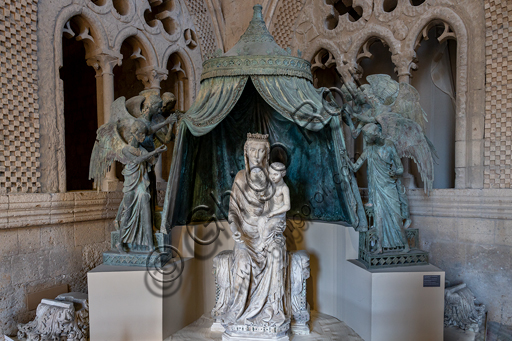
Orvieto, MODO (Museum of the Opera of the Duomo of Orvieto...
add to lightbox
21406_4538-44.jpg
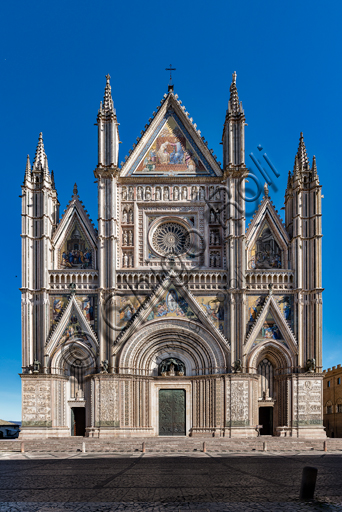
Orvieto, Basilica Cathedral of S. Maria Assunta (or Duomo):...
add to lightbox
21406_4526.jpg
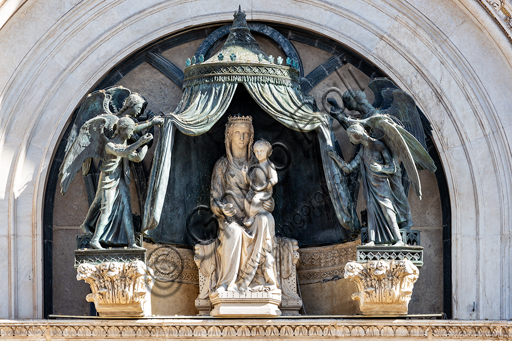
Orvieto, Basilica Cathedral of S. Maria Assunta (or Duomo),...
add to lightbox
21406_4489-506.jpg
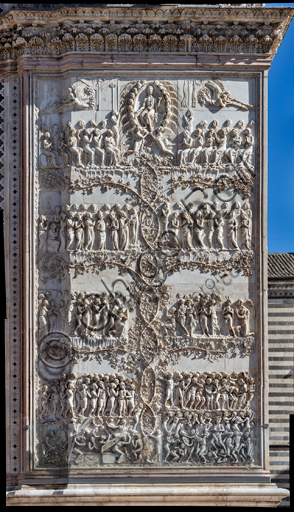
Orvieto, Basilica Cathedral of S. Maria Assunta (or Duomo):...
add to lightbox
21406_4456-69.jpg
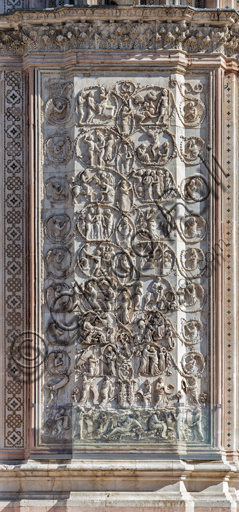
Orvieto, Basilica Cathedral of S. Maria Assunta (or Duomo):...
add to lightbox
21406_4426-39.jpg
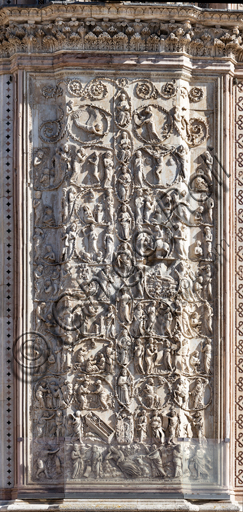
Orvieto, Basilica Cathedral of S. Maria Assunta (or Duomo):...
add to lightbox
21406_4417-24.jpg
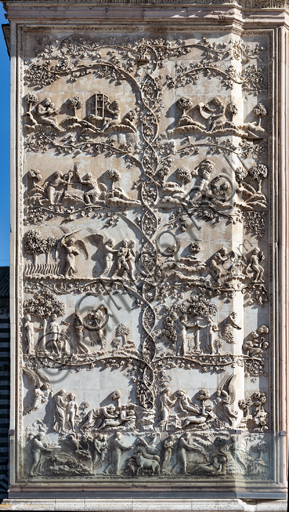
Orvieto, Basilica Cathedral of S. Maria Assunta (or Duomo):...
add to lightbox
21406_4402.jpg
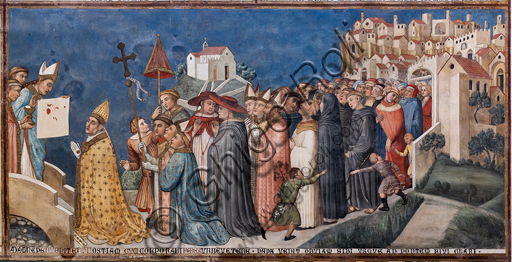
Orvieto, Basilica Cathedral of Santa Maria Assunta (or Duo...
add to lightbox
21406_4401.jpg
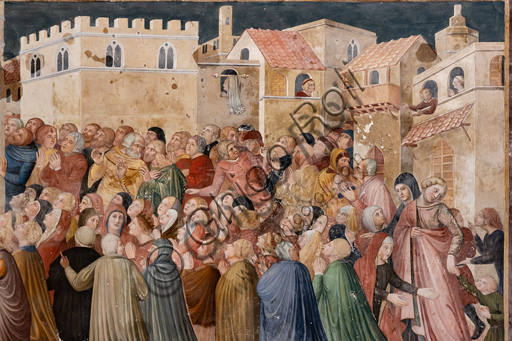
Orvieto, Basilica Cathedral of Santa Maria Assunta (or Duo...
add to lightbox
21406_4397.jpg
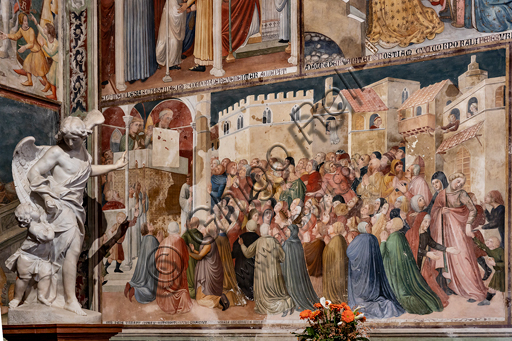
Orvieto, Basilica Cathedral of Santa Maria Assunta (or Duo...
add to lightbox
21406_4396.jpg
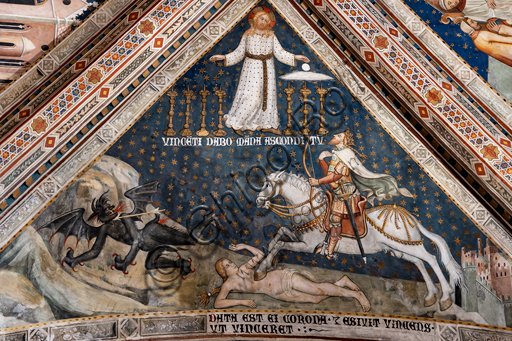
Orvieto, Basilica Cathedral of Santa Maria Assunta (or Duo...
add to lightbox
21406_4390.jpg
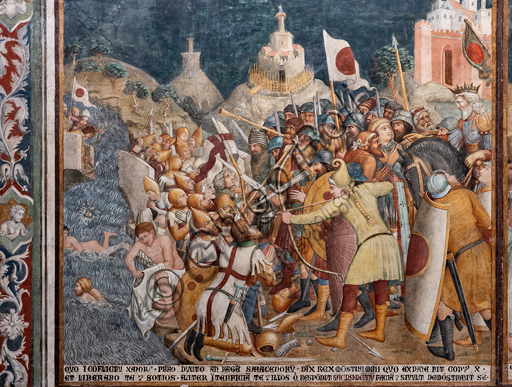
Orvieto, Basilica Cathedral of Santa Maria Assunta (or Duo...
add to lightbox
21406_4387.jpg
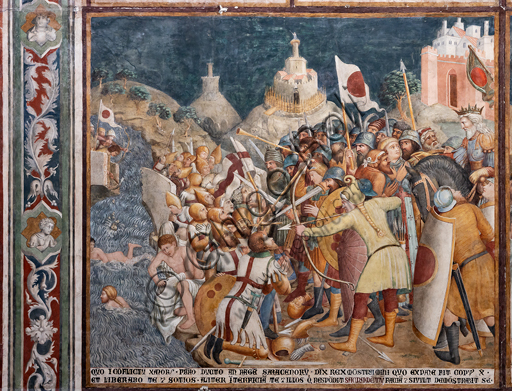
Orvieto, Basilica Cathedral of Santa Maria Assunta (or Duo...
add to lightbox
21406_4386.jpg
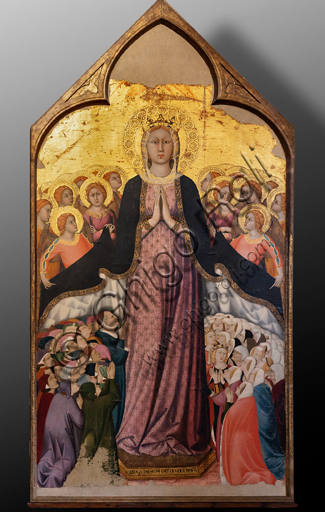
Orvieto, Basilica Cathedral of Santa Maria Assunta (or Duo...
add to lightbox
21406_4383.jpg
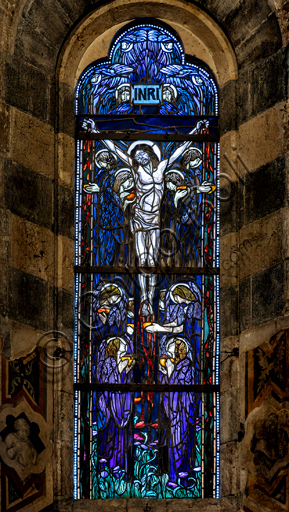
Orvieto, Basilica Cathedral of Santa Maria Assunta (or Duo...
add to lightbox
21406_4378.jpg
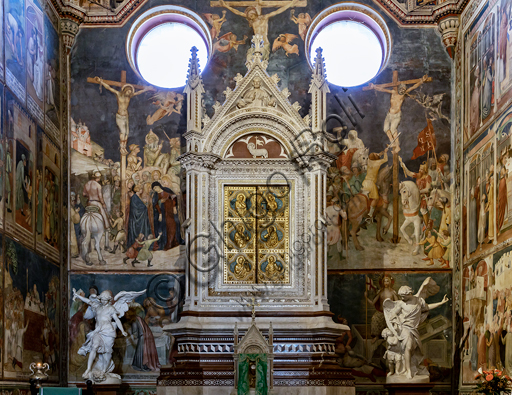
Orvieto, Basilica Cathedral of Santa Maria Assunta (or Duo...
add to lightbox
21406_4377.jpg
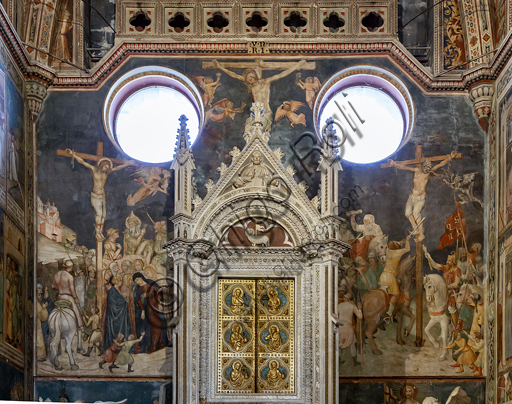
Orvieto, Basilica Cathedral of Santa Maria Assunta (or Duo...
add to lightbox
21406_4373.jpg
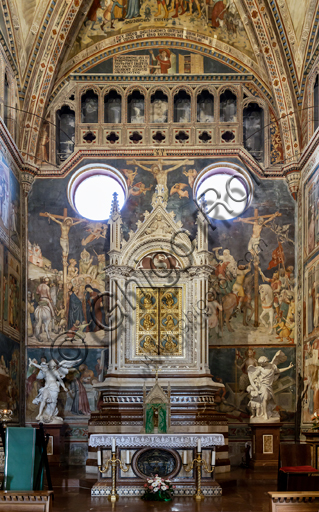
Orvieto, Basilica Cathedral of Santa Maria Assunta (or Duo...
add to lightbox
21406_4368.jpg
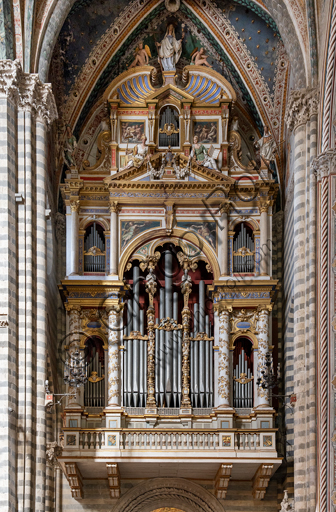
Orvieto, Basilica Cathedral of Santa Maria Assunta (or Duo...
add to lightbox
21406_4366.jpg
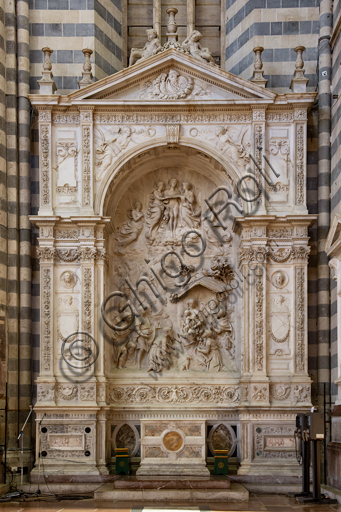
Orvieto, Basilica Cathedral of Santa Maria Assunta (or Duo...
add to lightbox
21406_4243.jpg
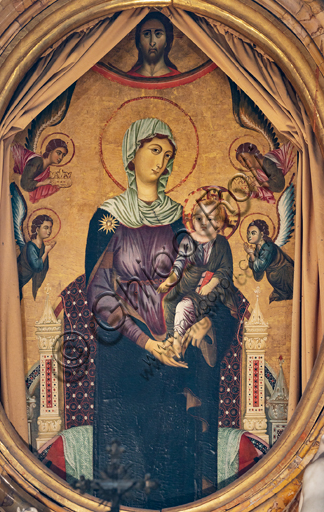
Orvieto, Basilica Cathedral of Santa Maria Assunta (or Duo...
add to lightbox
21406_4242.jpg
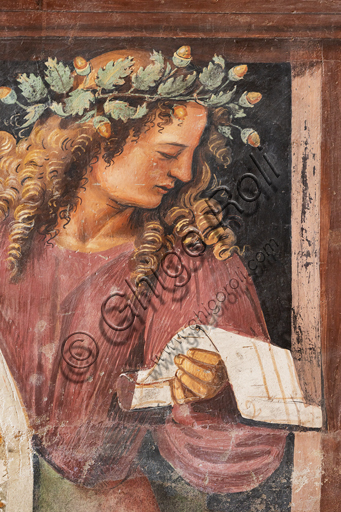
Orvieto, Basilica Cathedral of Santa Maria Assunta (or Duo...
add to lightbox
21406_4241.jpg
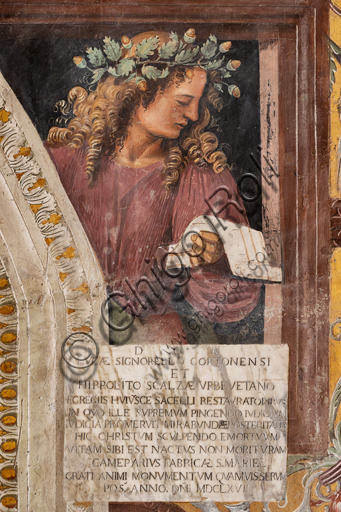
Orvieto, Basilica Cathedral of Santa Maria Assunta (or Duo...
add to lightbox
21406_4240.jpg
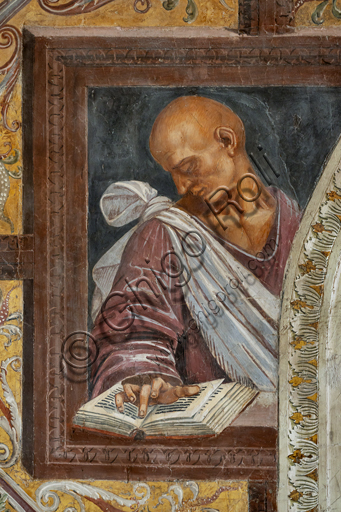
Orvieto:
add to lightbox
21406_4239.jpg
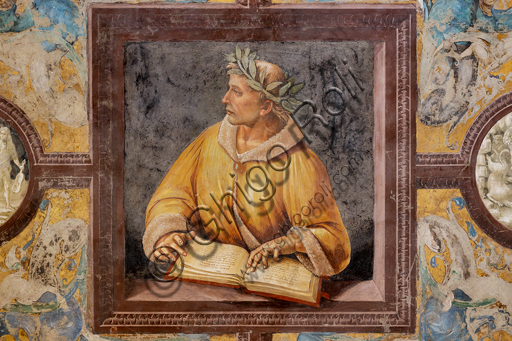
Orvieto, Basilica Cathedral of Santa Maria Assunta (or Duo...
add to lightbox
21406_4238.jpg
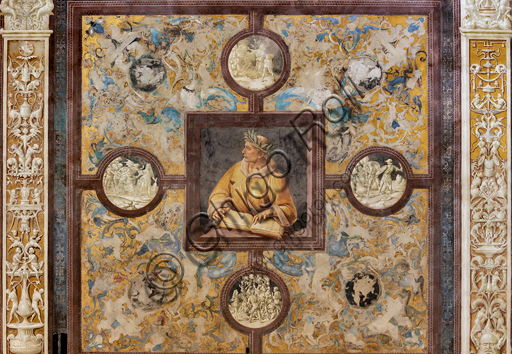
Orvieto, Basilica Cathedral of Santa Maria Assunta (or Duo...
add to lightbox
21406_4237.jpg
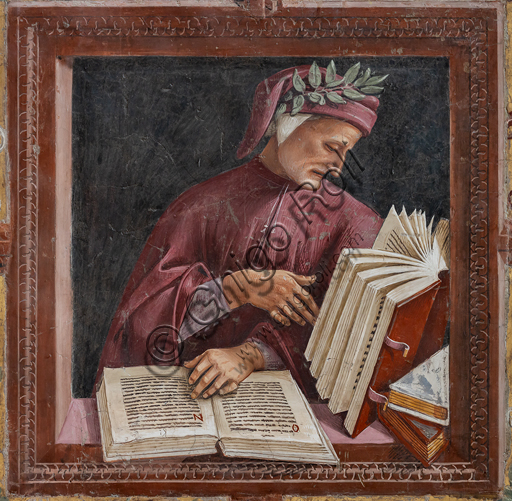
Orvieto, Basilica Cathedral of Santa Maria Assunta (or Duo...
add to lightbox
21406_4236.jpg
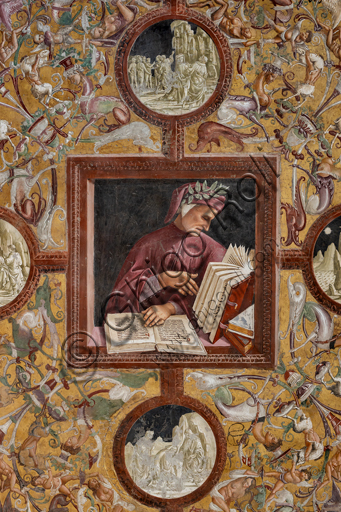
Orvieto, Basilica Cathedral of Santa Maria Assunta (or Duo...
add to lightbox
21406_4234.jpg
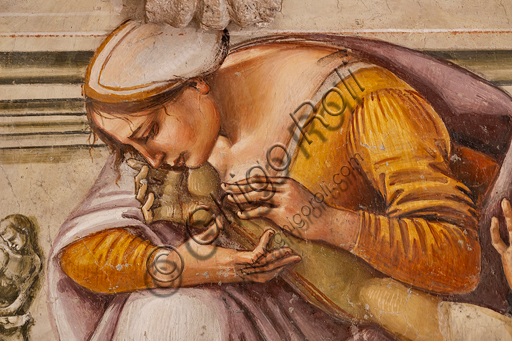
Orvieto, Basilica Cathedral of Santa Maria Assunta (or Duo...
add to lightbox
21406_4233.jpg
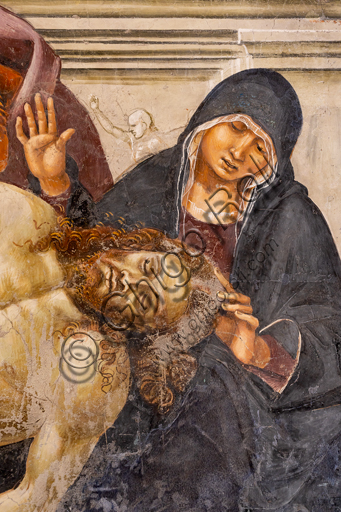
Orvieto, Basilica Cathedral of Santa Maria Assunta (or Duo...
add to lightbox
21406_4232.jpg
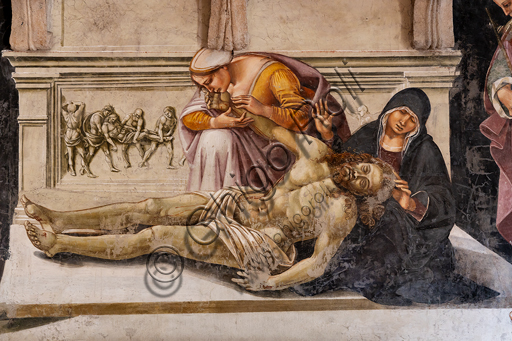
Orvieto, Basilica Cathedral of Santa Maria Assunta (or Duo...
add to lightbox
21406_4231.jpg
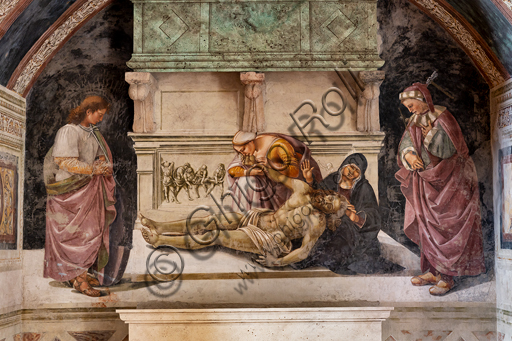
Orvieto, Basilica Cathedral of Santa Maria Assunta (or Duo...
add to lightbox
21406_4230.jpg
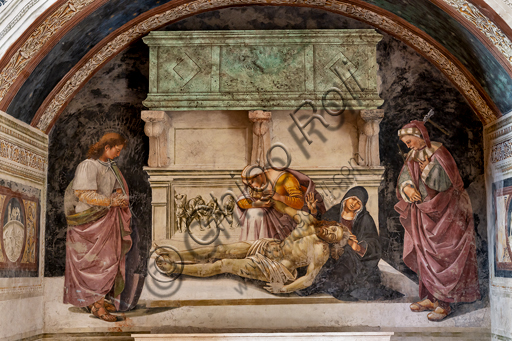
Orvieto, Basilica Cathedral of Santa Maria Assunta (or Duo...
add to lightbox
21406_4229.jpg
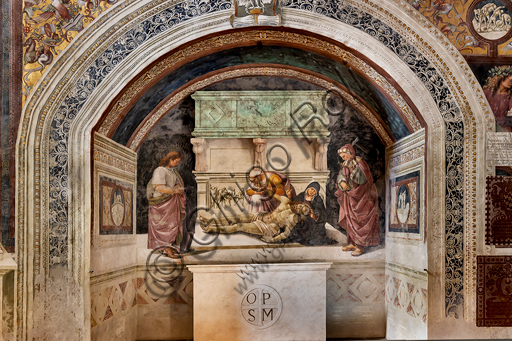
Orvieto, Basilica Cathedral of Santa Maria Assunta (or Duo...
add to lightbox
21406_4228.jpg
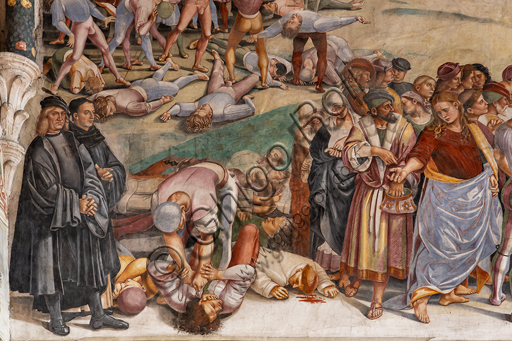
Orvieto, Basilica Cathedral of Santa Maria Assunta (or Duo...
add to lightbox
21406_4227.jpg
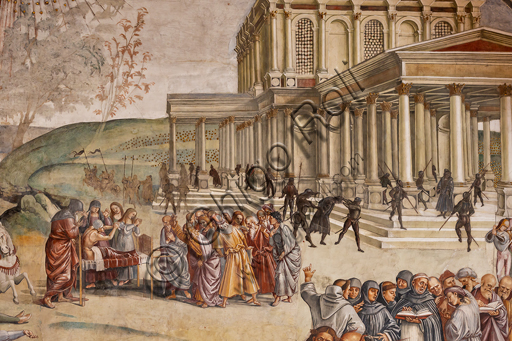
Orvieto, Basilica Cathedral of Santa Maria Assunta (or Duo...
add to lightbox
21406_4226.jpg
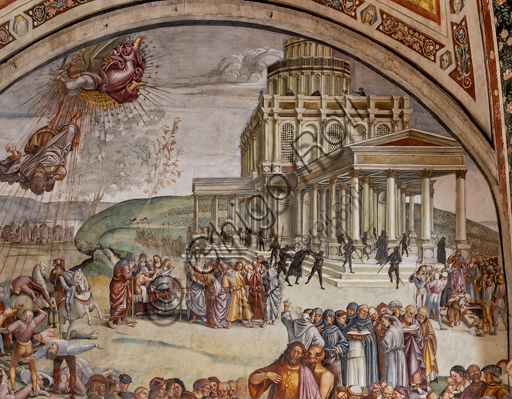
Orvieto, Basilica Cathedral of Santa Maria Assunta (or Duo...
add to lightbox
21406_4225.jpg
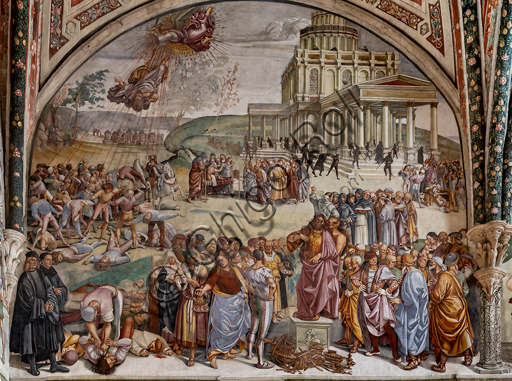
Orvieto, Basilica Cathedral of Santa Maria Assunta (or Duo...
add to lightbox
21406_4224.jpg
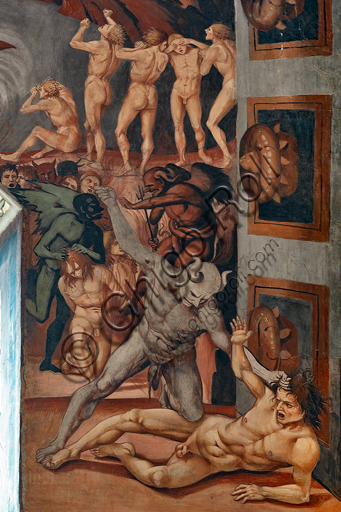
Orvieto, Basilica Cathedral of Santa Maria Assunta (or Duo...
add to lightbox
21406_4222.jpg
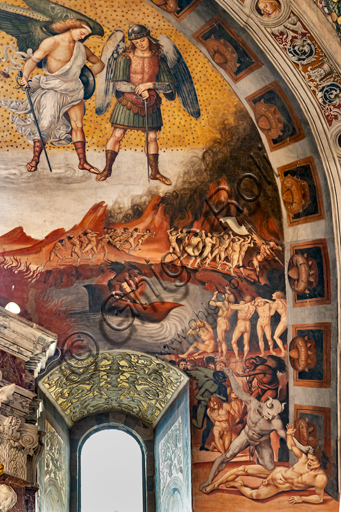
Orvieto, Basilica Cathedral of Santa Maria Assunta (or Duo...
add to lightbox
21406_4220.jpg
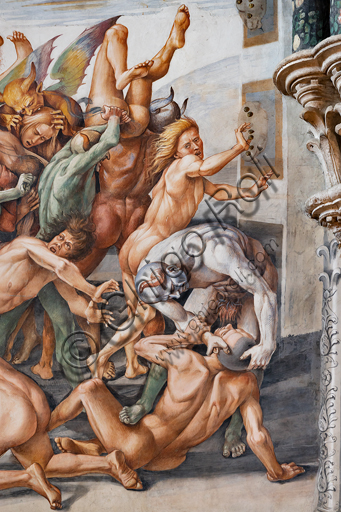
Orvieto, Basilica Cathedral of Santa Maria Assunta (or Duo...
add to lightbox
21406_4219.jpg
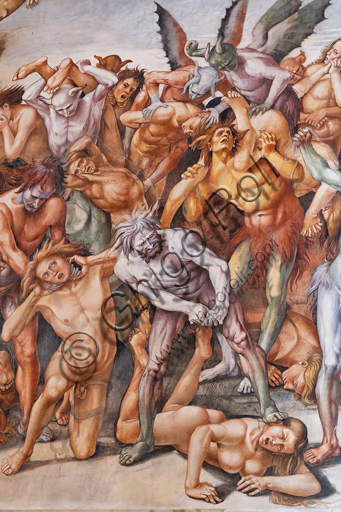
Orvieto, Basilica Cathedral of Santa Maria Assunta (or Duo...
add to lightbox
21406_4218.jpg
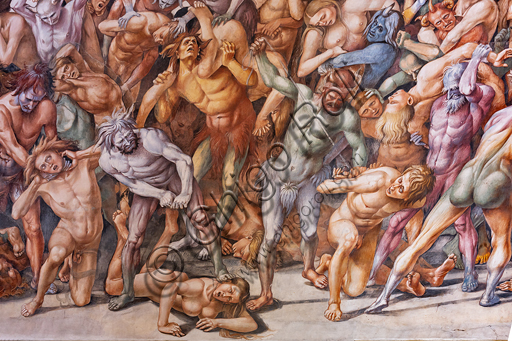
Orvieto, Basilica Cathedral of Santa Maria Assunta (or Duo...
add to lightbox
21406_4217.jpg
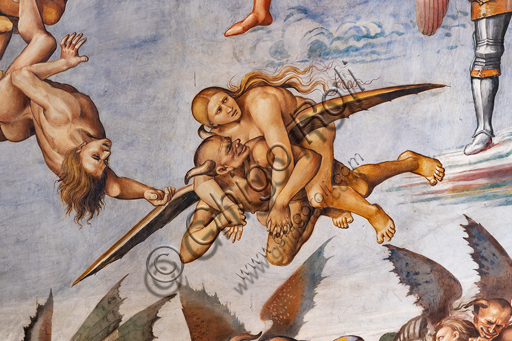
Orvieto, Basilica Cathedral of Santa Maria Assunta (or Duo...
add to lightbox
21406_4216.jpg
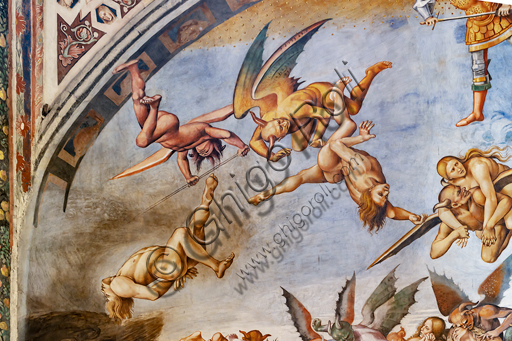
Orvieto, Basilica Cathedral of Santa Maria Assunta (or Duo...
add to lightbox
21406_4215.jpg
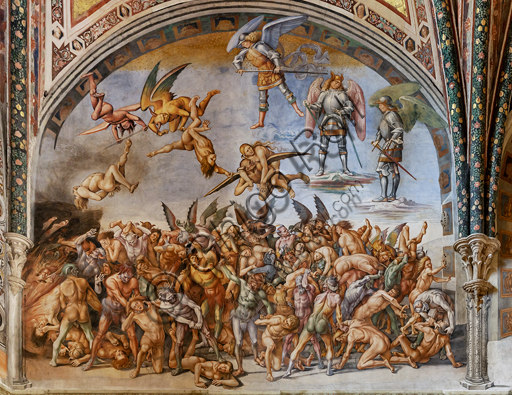
Orvieto, Basilica Cathedral of Santa Maria Assunta (or Duo...
add to lightbox
21406_4214.jpg
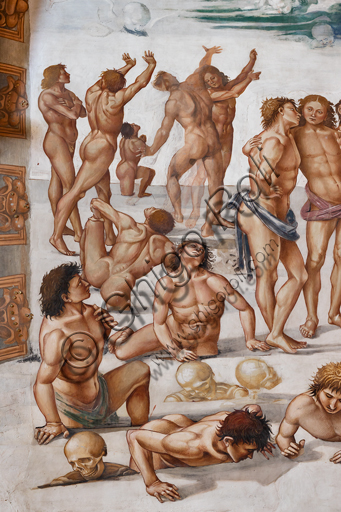
Orvieto, Basilica Cathedral of Santa Maria Assunta (or Duo...
add to lightbox
21406_4213.jpg
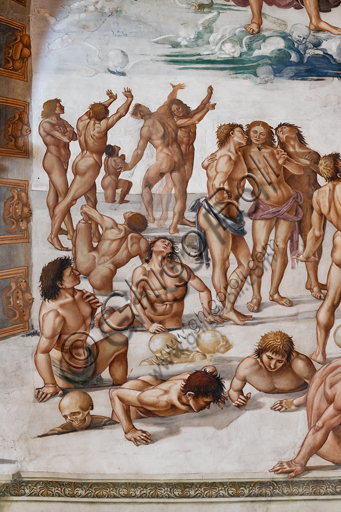
Orvieto, Basilica Cathedral of Santa Maria Assunta (or Duo...
add to lightbox
21406_4212.jpg
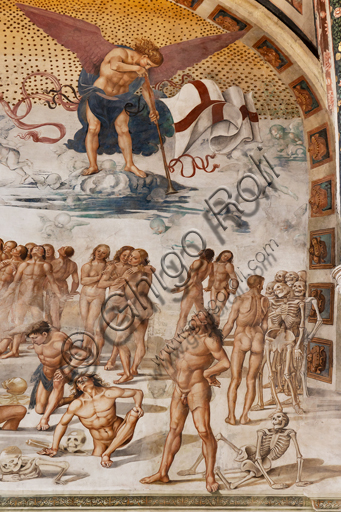
Orvieto, Basilica Cathedral of Santa Maria Assunta (or Duo...
add to lightbox
21406_4211.jpg
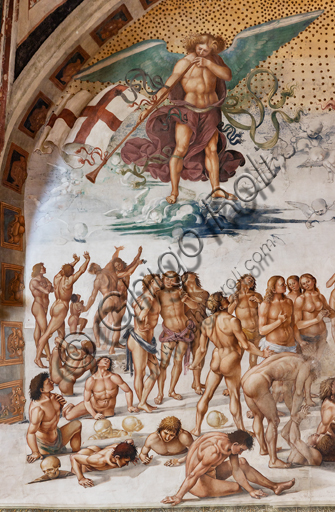
Orvieto, Basilica Cathedral of Santa Maria Assunta (or Duo...
add to lightbox
21406_4210.jpg
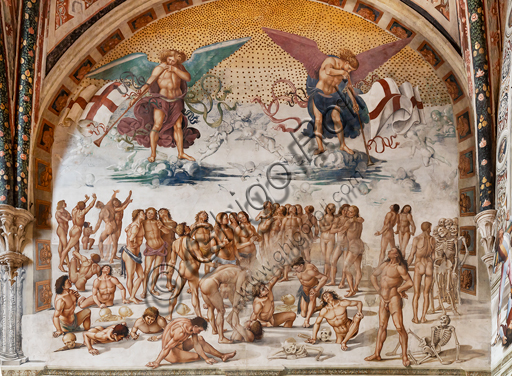
Orvieto, Basilica Cathedral of Santa Maria Assunta (or Duo...
add to lightbox
21406_4209.jpg
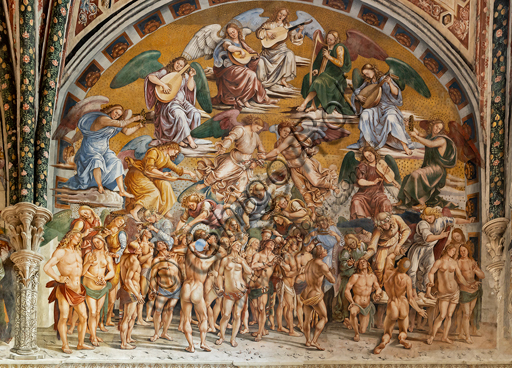
Orvieto, Basilica Cathedral of Santa Maria Assunta (or Duo...
add to lightbox
21406_4208.jpg
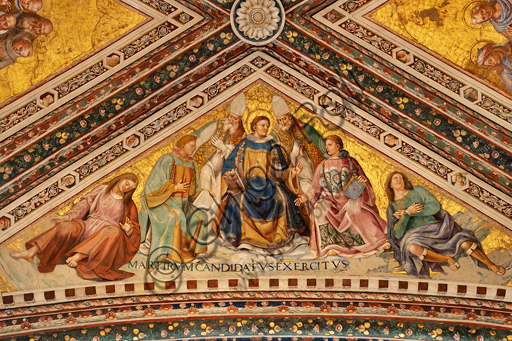
Orvieto, Basilica Cathedral of Santa Maria Assunta (or Duo...
add to lightbox
21406_4207.jpg
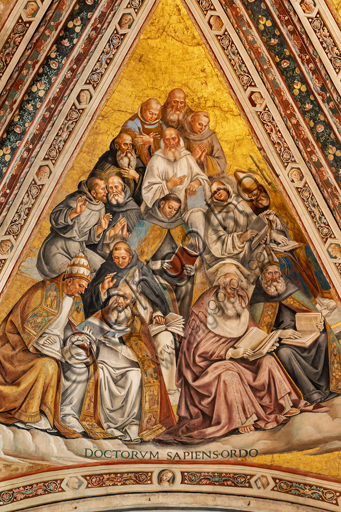
Orvieto, Basilica Cathedral of Santa Maria Assunta (or Duo...
add to lightbox
21406_4206.jpg
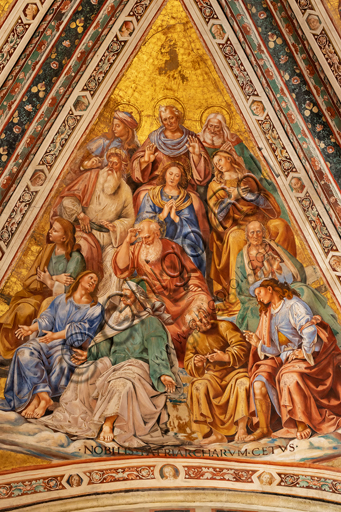
Orvieto, Basilica Cathedral of Santa Maria Assunta (or Duo...
add to lightbox
21406_4205.jpg
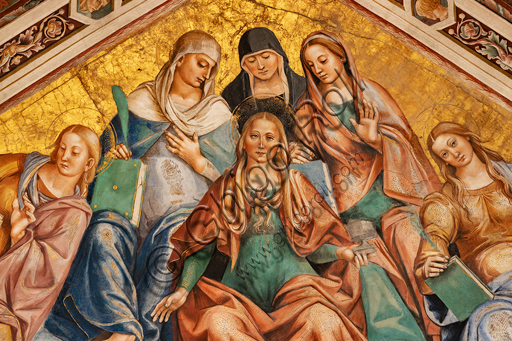
Orvieto, Basilica Cathedral of Santa Maria Assunta (or Duo...
add to lightbox
21406_4204.jpg
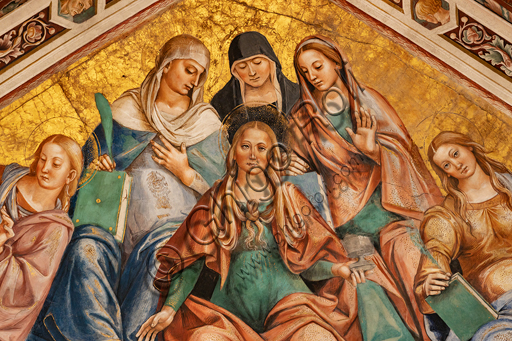
Orvieto, Basilica Cathedral of Santa Maria Assunta (or Duo...
add to lightbox
21406_4203.jpg
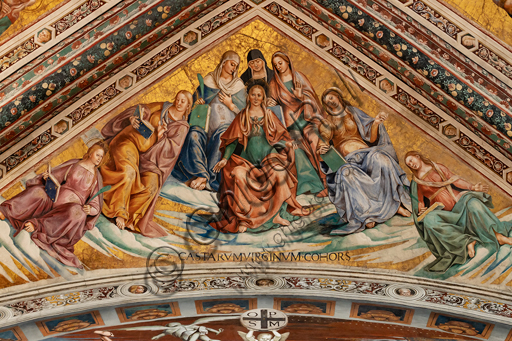
Orvieto, Basilica Cathedral of Santa Maria Assunta (or Duo...
add to lightbox
21406_4202.jpg
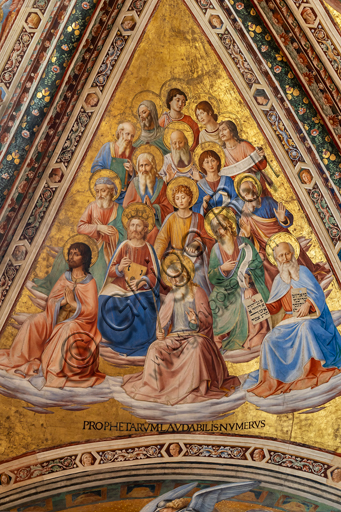
Orvieto, Basilica Cathedral of Santa Maria Assunta (or Duo...
add to lightbox
21406_4201.jpg
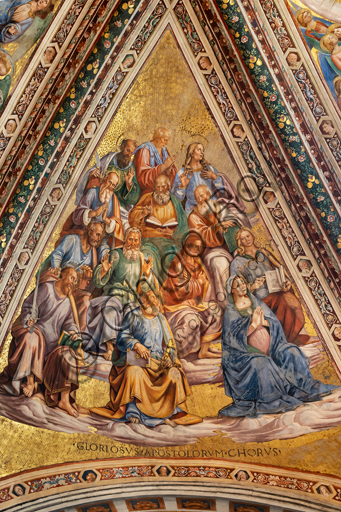
Orvieto, Basilica Cathedral of Santa Maria Assunta (or Duo...
add to lightbox
21406_4200.jpg
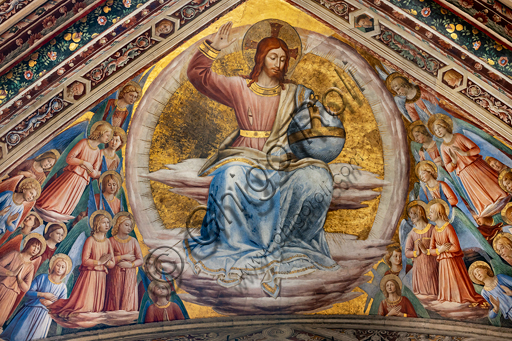
Orvieto, Basilica Cathedral of Santa Maria Assunta (or Duo...
add to lightbox
21406_4194.jpg
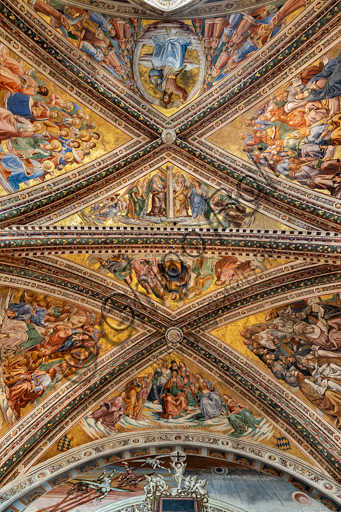
Orvieto, Basilica Cathedral of Santa Maria Assunta (or Duo...
add to lightbox
21406_4192.jpg
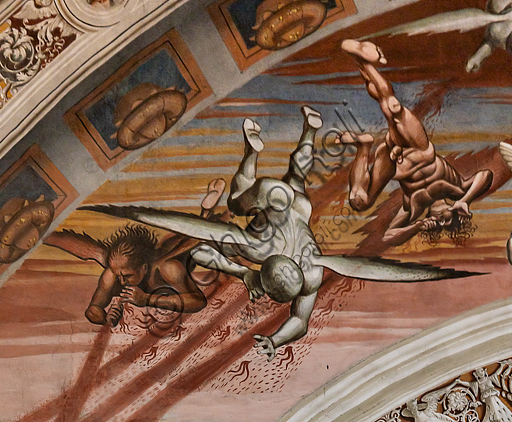
Orvieto, Basilica Cathedral of Santa Maria Assunta (or Duo...
add to lightbox
21406_4191.jpg
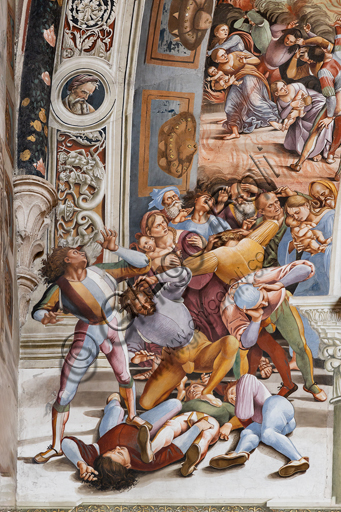
Orvieto, Basilica Cathedral of Santa Maria Assunta (or Duo...
add to lightbox
21406_4190.jpg
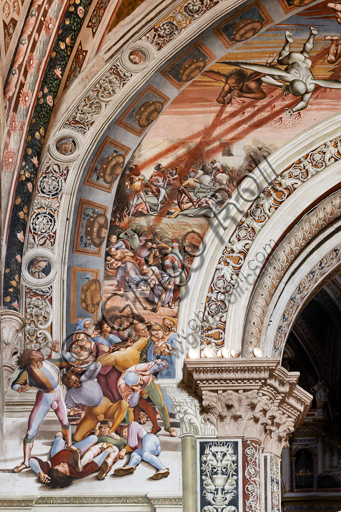
Orvieto, Basilica Cathedral of Santa Maria Assunta (or Duo...
add to lightbox
21406_4189.jpg
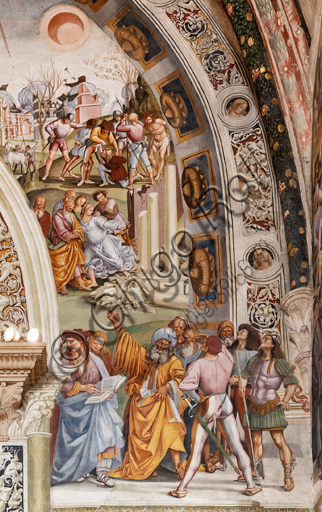
Orvieto, Basilica Cathedral of Santa Maria Assunta (or Duo...
add to lightbox
21406_4184.jpg
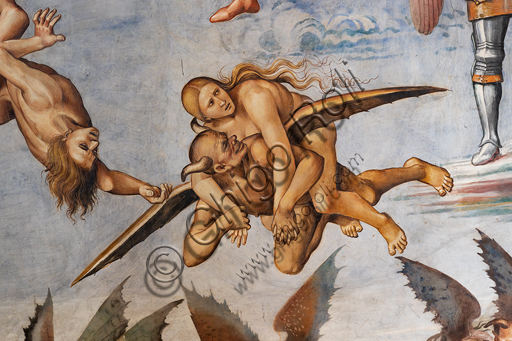
Orvieto, Basilica Cathedral of Santa Maria Assunta (or Duo...
add to lightbox
21406_4178.jpg
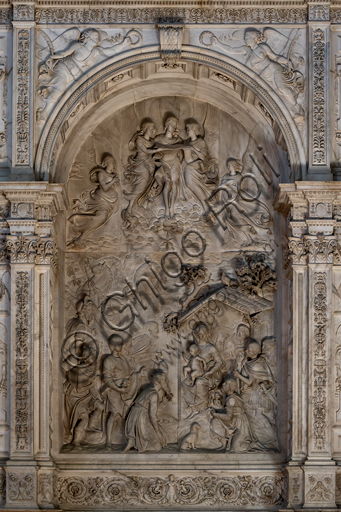
Orvieto, Basilica Cathedral of Santa Maria Assunta (or Duo...
add to lightbox
21406_4133.jpg
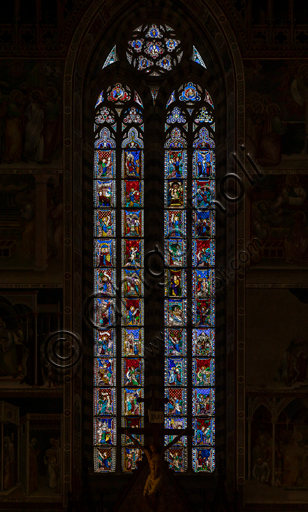
Orvieto, Basilica Cathedral of Santa Maria Assunta (or Duo...
add to lightbox
21406_4131.jpg
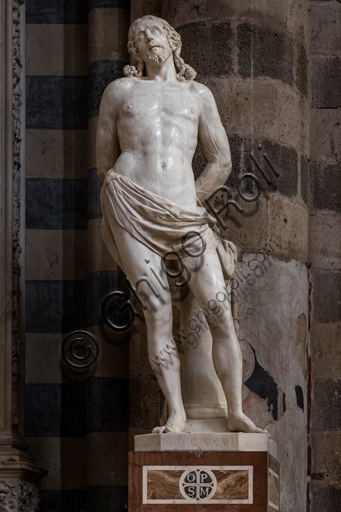
Orvieto, Basilica Cathedral of Santa Maria Assunta (or Duo...
add to lightbox
21406_4129.jpg
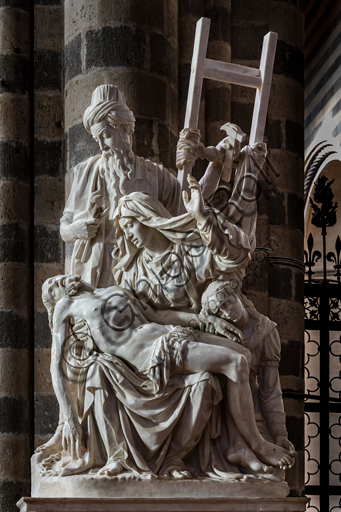
Orvieto, Basilica Cathedral of Santa Maria Assunta (or Duo...
add to lightbox
21406_4120.jpg
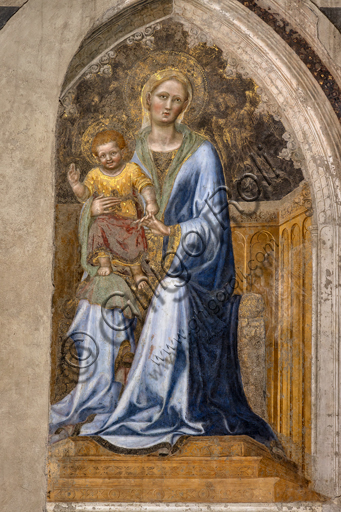
Orvieto, Basilica Cathedral of Santa Maria Assunta (or Duo...
add to lightbox
21406_4113.jpg
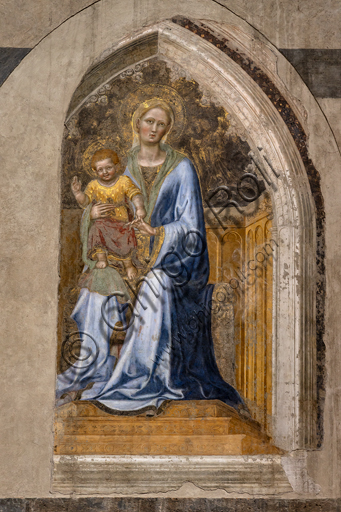
Orvieto, Basilica Cathedral of Santa Maria Assunta (or Duo...
add to lightbox
21406_4104.jpg
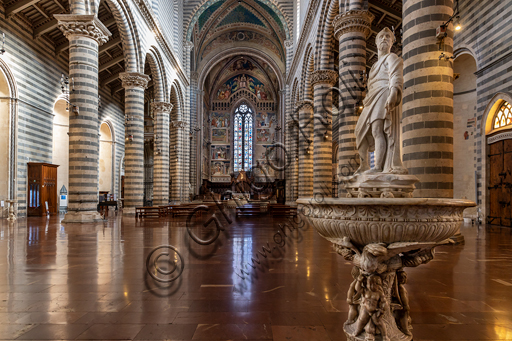
Orvieto, Basilica Cathedral of Santa Maria Assunta (or Duo...
add to lightbox